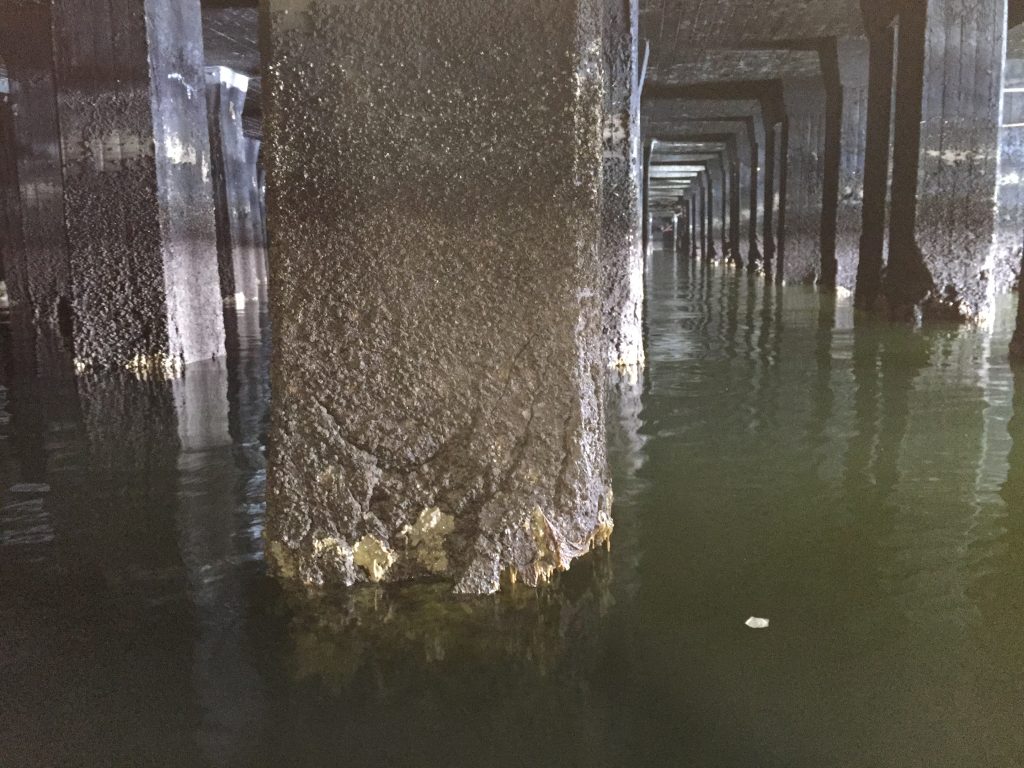Performance Based Seismic Retrofit Solutions for Wharf Preservation

Brooklyn Basin is a multi-billion-dollar real estate development of the former Port of Oakland 9th Avenue Terminal located along the Oakland Estuary. The centerpiece of the development is the 10 acre shoreline park which includes a 1,200 foot long by 225 foot wide historic pile-supported marginal wharf. The wharf was built in the 1930’s on concrete and timber piles with a flat concrete slab. Prior to constructing the wharf, a rock dike was placed to protect the shoreline. The presence of the rock dike increased the seismic hazards from lateral spreading of the underlying bay mud and non-ductile shear failure of piles driven through the dike. To ensure public safety on the wharf, seismic retrofit of the structure is performed in compliance with the California Building Code.
The paper presents the seismic engineering analysis, design and conclusions of the retrofit project in the following topics:
- Structural condition assessment, repair strategies, and monitoring programs for the existing wharf deck, piles and jackets
- Application of the “refined” method in California Building Code (CBC Ch31F) for the displacement-based seismic evaluation of existing piers and wharves
- Nonlinear pushover analysis of the wharf and piles including the combination of inertial and kinematic effects
- Impact of rock dike on lateral spreading and kinematic effects and the significance of the “pinning” from the existing piles to stabilize the slope and avoid the lateral spreading of the rock dike and underlying weak soils
- Retrofit strategies to meet the required seismic performance of the wharf per the California Building Code and reduce the demands on existing piles which were driven through the rock dike.
Publisher
PORTS ’19